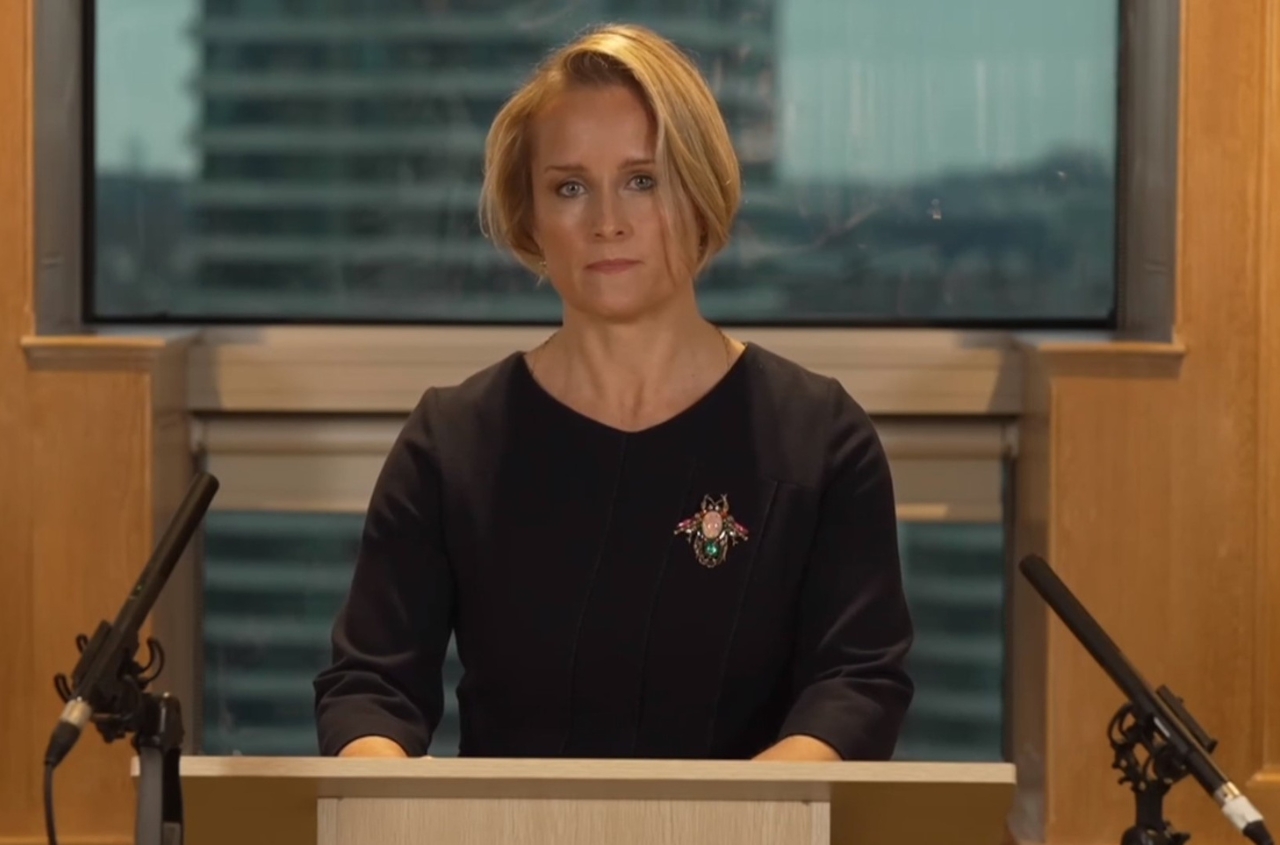Odessa, Crimea, Mykolayiv, Kherson, but also Chernigiv, Lviv and Kyiv. All cities and regions that have suddenly and tragically become known since 24 February due to the Russian attack on Ukraine, but they are also names of places that appear on the viticultural maps of the eastern country. As the page dedicated to wine on the official website of Ukraine briefly explains, the drink has never been part of the cultural tradition, but in some territories such as Bessarabia - between Moldova and Ukraine - and Transcarpathia - on the border with Hungary- the consumption of wine has existed for more than a century. The origins of winemaking in the area, on the other hand, are much older as evidenced by traces of presses and amphorae dating back to the 4th century BC in the Crimea and 2,500 years ago in Odessa. We are therefore talking about the south and south-west area, that of the Black Sea which hosts most of the Ukrainian vineyard - more than 50 percent of a total of about 41 thousand hectares - while the northern area developed much later thanks to the monks in the '11th century.
The Russian invasion of Crimea in 2014 was a major blow to the sector which lost more than half of its bottled wines, mostly semi-sweet and dessert wines, but the loss of Crimea and the armed conflict in the East offered a noticeable boost to Western-style dry wines, especially in Transcarpathia and the southern regions of Odessa and Kherson. In fact, since 2015 the production of dry wines has grown by 7-9% every year.
Almost 180 grape varieties are grown, including several indigenous types. Among these we find the black berried ones like Magarachsky, Cevat Kara, Kefesyia and Odessa Black, and among the white ones, Telti Kuruk, Kokur Bely, Sary Pandas and Sukholimansky, a cross between Chardonnay and Plavaï. The white Georgian grape, Rkatsiteli, which once made up 40% of all plants, grows alongside several international grapes such as Aligote, Cabernet Sauvignon, Chardonnay, Gewurztraminer, Merlot, Muscat, Pinot Noir and Riesling.
A well-rooted tradition is that of sparkling wine or "shampanskoye", introduced by Prince Leo Golitsyn, educated in Paris, one of the wine fathers of Ukraine, after the Crimean War in the 19th century. Primarily produced in the Odessa region, the sparkling wine remains popular even today, and is made with Pinot Blanc, Aligoté, Riesling and Chardonnay.
Before the 20th century, winemaking in Ukraine was mainly related to personal consumption. With the birth of the Soviet Union, things change and not entirely for the better. The twentieth century for Ukrainian wine means a lot of volume and little quality. It is estimated that in the 1980s, before the arrival of Gorbachev's anti-alcohol campaign from 1985 to 1988, Ukraine claimed 250,000 hectares of vineyards. This happened while the attention of critics and the public was consolidated on Georgia as a producer of quality wine. With the dissolution of the USSR, the collectivized cellars collapsed, the vineyards were abandoned or uprooted to make room for the production of cereals.
Returning to Russia’s annexation of Crimea, it must be said that wineries motivated to make quality, from 2014 onwards, have had several problems. The first is that the occupied Ukrainian territory hosted - and still hosts - most of the country’s vineyards and, consequently, obtaining grapes was not at all easy. Hence the decision of several companies to invest elsewhere in new land owned and the birth of smaller but more valuable projects. A result achieved paradoxically thanks to the lack of access to the vineyards cultivated up to now. Another obstacle to growth, however, was also the mandatory payment of a registration fee for bottling of approximately 18,000 euros per year. Fortunately, this requirement fell in 2018 with costs that today are around 30 euros a year.
Source: Adnkronos




















